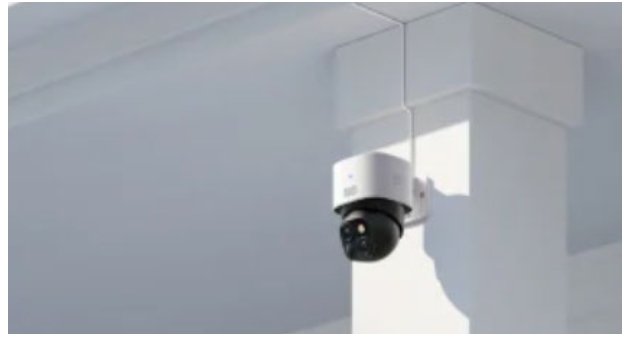Setting up outdoor cameras is a crucial step in securing your home or business. However, it’s easy to make mistakes that can compromise the effectiveness of your surveillance system. In this article, we’ll discuss five common errors people make when installing outdoor cameras and how to avoid them. By understanding these pitfalls, you can ensure your security setup is reliable and efficient.
Choosing the Wrong Location
Selecting the right location for your outdoor cameras is essential for optimal coverage and functionality. One common mistake is placing cameras in areas that are either too high or too low. Cameras placed too high might miss crucial details like faces and license plates. Conversely, cameras installed too low can be easily tampered with or vandalized.
Another issue is installing cameras in locations with too much direct sunlight. This can cause glare and reduce the quality of the footage. Instead, choose shaded areas or use cameras with features that can handle varying light conditions. Additionally, avoid placing cameras behind obstructions such as trees, bushes, or fences. These obstructions can block the view and render the camera useless.

Ignoring Power Source and Connectivity
Ensuring that your outdoor home security cameras have a reliable power source and stable connectivity is crucial. A common mistake is not planning for power and data needs before installation. Outdoor cameras often require a consistent power supply, so relying solely on batteries can be problematic. Batteries can die at inopportune times, leaving your property unmonitored.
It’s also essential to consider the distance from the power source. Running power cables over long distances can lead to voltage drops, affecting the camera’s performance. Use power extenders or consider cameras with solar panels as an alternative.
Regarding connectivity, ensure your cameras have a stable Wi-Fi signal if they’re wireless. Placing cameras too far from the router can result in weak connections and spotty footage. Use Wi-Fi extenders if necessary or opt for wired connections to maintain reliable data transmission.

Skipping Regular Maintenance
Once installed, outdoor cameras need regular maintenance to function correctly. A common mistake is neglecting this upkeep, leading to decreased performance over time. Weather conditions can cause dirt, debris, and moisture to accumulate on the camera lens, obstructing the view.
Regularly clean the camera lenses with a soft cloth to ensure clear footage. Check for any damage to the camera housing that could let moisture in, potentially damaging internal components. Additionally, ensure that all connections are secure and free from corrosion, which can disrupt power and data flow.
Regularly update the camera firmware to benefit from the latest security patches and feature improvements. Ignoring updates can leave your system vulnerable to cyber threats. Set a schedule for these maintenance tasks to keep your cameras operating at their best.
Overlooking Privacy Concerns
When setting up outdoor cameras, it’s important to consider the privacy of others. A common mistake is installing cameras in a way that invades the privacy of neighbors or passersby. This can lead to legal issues and tensions within your community.
Ensure that your cameras are angled to monitor only your property. Avoid pointing them at windows of neighboring homes or areas where people expect privacy. In some regions, there are laws and regulations about camera placement, so be sure to familiarize yourself with these rules to stay compliant.
Failing to Use Proper Signage
Many people overlook the importance of using proper signage when setting up outdoor cameras. Signage can act as a deterrent to potential intruders, making them think twice before attempting to breach your property. Not using signs is a missed opportunity to enhance your security.
Clearly indicate that your property is under surveillance with visible signs. This not only helps deter criminals but also informs visitors and neighbors about the presence of cameras. In some jurisdictions, posting signage may be a legal requirement for using surveillance systems, so it’s a step you shouldn’t skip.
Conclusion
Setting up outdoor cameras correctly is essential for effective security. By avoiding these common mistakes, you can ensure your surveillance system is both reliable and efficient. Choose the right locations, plan for power and connectivity, maintain your cameras regularly, respect privacy, and use proper signage. These steps will help you protect your property and provide peace of mind. Taking the time to set up your system correctly from the start will save you from potential issues and ensure your security measures are always at their best.


Leave a Reply